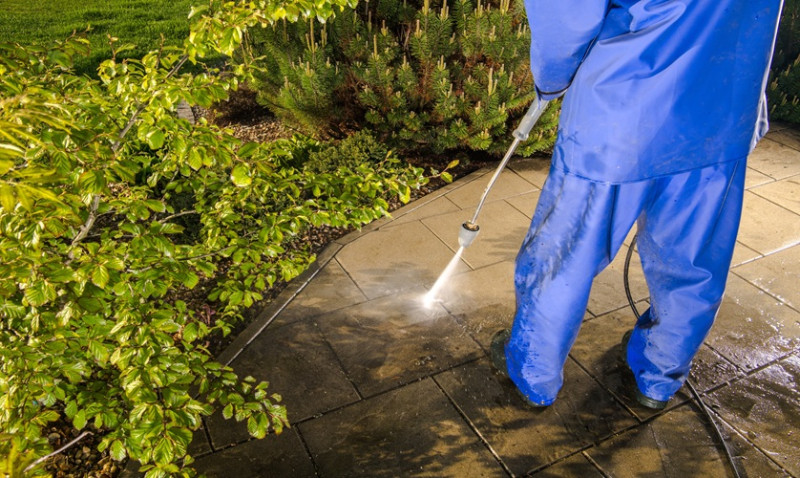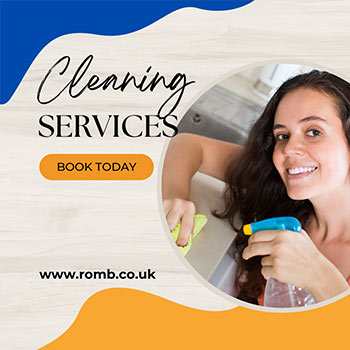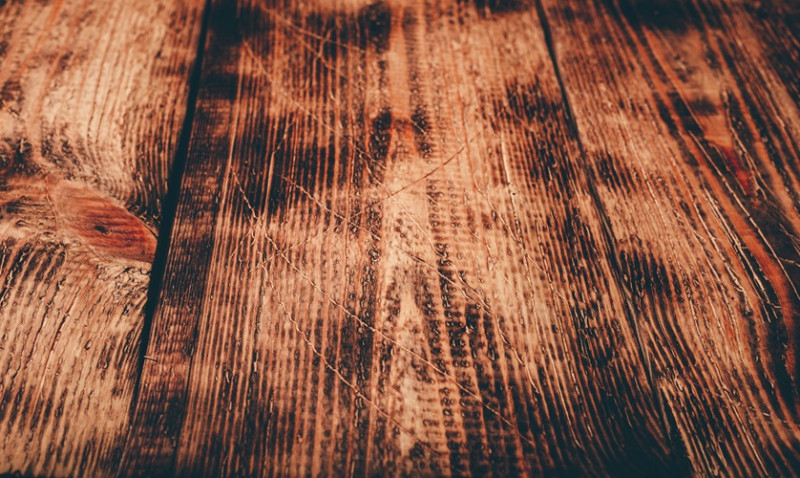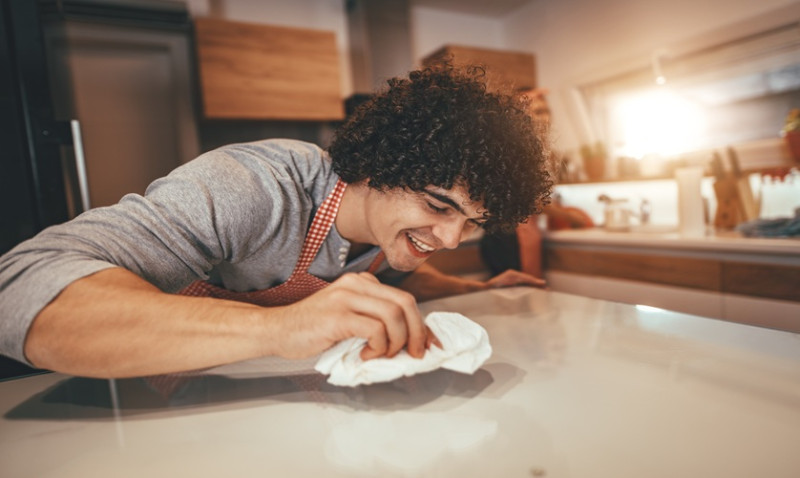
Power washing is one of the most efficient ways to maintain your property, whether you're a DIY enthusiast looking to freshen up your patio, a designer tackling an external makeover, or a professional tradesman aiming for finishing finesse. One frequently overlooked, yet critical, element of successful power washing is choosing the right surface cleaner tip. Selecting the proper tip ensures efficient cleaning, protects the underlying surface, and extends the life of your pressure washer.
This guide is written for property owners and professionals across the UK, from the heart of London to the rugged coasts of Cornwall. Whether you're blasting away layers of grime from a wooden deck or prepping a driveway for resealing in Manchester, this post will help you confidently choose the right surface cleaner tip for the task at hand.
Understanding Surface Cleaner Tips: What Are They?
Surface cleaner tips, also called nozzles or spray tips, are attachments that control the angle and pressure of the water jet emitted by a power washer. They play a central role in the outcome of your cleaning project, dictating everything from the level of force to the width of the spray.
These nozzles are typically colour-coded to indicate pressure and spray-pattern angle. The angle, measured in degrees, determines how concentrated the water stream will be. A narrower angle increases water pressure, ideal for stubborn stains but potentially damaging to delicate surfaces. A wider angle spreads water over a larger area, reducing pressure but increasing coverage and safety for soft materials.
Surface cleaner tips are often used in combination with rotating arm attachments, particularly for tasks like driveway cleaning, where consistent results across larger surfaces are crucial. In these cases, the right tip will significantly affect how efficiently and evenly the cleaner performs.
The Basics: Colour-Coded Tip Guide
To make tip selection easier, most manufacturers follow a universal colour-coding system. While there might be slight variations between brands, the following table shows the standard guide to surface cleaner tips:
| Colour | Spray Angle | Usage |
|---|---|---|
| Red | 0° | Very concentrated stream; used for removing tough stains or preparing metal for painting. Can damage soft surfaces. Handle with care. |
| Yellow | 15° | High-pressure rinse; suitable for removing paint and heavy debris from paved surfaces like driveways and patios. |
| Green | 25° | General purpose; ideal for cleaning fences, decks, and brickwork. Balanced power and coverage. |
| White | 40° | Soft washing; suitable for delicate surfaces like windows, cars, or painted render. Great for rinse cycles. |
| Black | 65° | Low-pressure soap application; designed for applying detergents or pre-treatment cleaners. |
Match the Tip to Your Task
Choosing the right tip largely depends on the nature of the surface and the stubbornness of the grime. For example, a red 0° tip can etch into concrete and damage wooden decking if held too close. Hence, it’s best reserved for precision tasks like eliminating oil spots or rust marks from hard surfaces.
The yellow or green tips are more versatile, making them suitable for most household surfaces, including patios, paving stones, and composite decking. They're the go-to choice for routine maintenance or post-winter cleanups.
When cleaning painted surfaces, siding, or exterior renders, a white or black tip is generally safer. This reduces the risk of paint stripping or water intrusion, particularly in older or heritage properties where surface integrity is essential.
Always start your power washing session on a small inconspicuous area with the gentlest tip and increase pressure only if necessary. This avoids costly damage, especially on wooden surfaces, tarmac driveways, or composite cladding.
Pressure Washer Compatibility and Flow Rate
Every spray tip has a size rating that must match your pressure washer’s PSI (pounds per square inch) and GPM (gallons per minute). A mismatch can lead to underperformance or equipment damage. And since most homes in the UK are equipped with electric models that typically run at lower PSIs than commercial petrol machines, choosing appropriately sized tips is essential for efficiency.
If you're using a pressure washer under 2000 PSI — common for domestic units — avoid very narrow tips. These may create too much resistance and reduce effectiveness. Instead, consider lower pressure, wider-angle tips or surface cleaner attachments with fixed, rotating jets already optimised for mid-range machines.
For higher-end petrol-powered units used by professional tradesmen, tip sizing becomes more critical. Verify the flow requirements, especially if you're using a dual-nozzle cleaner or planning to connect to a mains water source with pressure limitations.
When to Use a Surface Cleaner Attachment
A surface cleaner attachment features two or more rotating nozzles within a circular housing that maintains even spacing and pressure. It's incredibly effective for cleaning large, flat surfaces such as driveways, patios, decking, and car parks. When used with appropriate tips (typically green or yellow depending on surface type), these attachments provide consistent, streak-free results in a fraction of the time.
Professionals and tradespeople across the UK are increasingly making surface cleaners part of their regular toolkit. Not only do they protect surfaces from inconsistent pressures, but they also significantly reduce water consumption and operator fatigue, all while delivering a professional finish.
If you're a DIYer, investing in a compatible surface cleaner attachment helps ensure even inexperienced users can achieve professional-level outcomes with minimal risk of surface damage.
Safety Tips When Using Surface Cleaner Nozzles
Safety is critical when working with power washers. Always begin with a low-pressure setting and hold the nozzle several feet from the surface. Gradually reduce this distance once you determine surface resilience and cleaning needs.
Wear eye protection to shield from splashbacks and debris. When using high-pressure nozzles like red or yellow, never point the stream at people, pets, or delicate materials such as glass, wiring, or soft wood.
Always refer to the manufacturer’s guidance, especially when attaching 3rd-party nozzles or surface cleaners. UK models may have different threading or pressure specs than US models commonly discussed in online tutorials.
Final Thoughts: Quality Over Quantity
Investing in high-quality tips can make all the difference. Cheap, poorly machined tips wear faster, provide less spray consistency, and may even increase injury risk. Opt for solid brass or stainless-steel core tips and always store them properly to avoid internal corrosion — especially in the UK's often damp conditions.
In conclusion, choosing the right surface cleaner tip for your pressure washer isn't about guessing — it's about understanding pressure levels, surface types, and spray angles. Whether you're tackling a moss-covered patio in Leeds or preparing rendered walls in Glasgow for new paint, the right tip will ensure your cleaning is safe, effective, and satisfying.
Need help selecting the right tools for your next project? Reach out to our team or browse our collection of top-rated surface cleaner attachments and tips — all curated for UK homes and trades.






